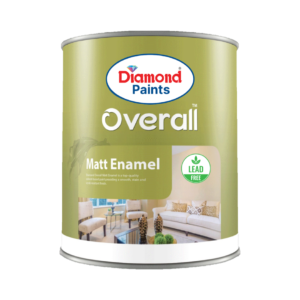
Expert Paint Series: Paints & Coats
The trend of experimenting with home décors, office renovations, and art projects has seen a boom, especially during COVID-19. Many individuals decided to let their inner artists out and start their DIY projects.
However, a lot of people feel as if the result is just not the same as when an expert does the same job. That’s why today, we will share with you some of the most amazing DIY secrets that will make you nothing short of an expert.
But before you can grab a roller and get painting, there are a couple of technical aspects you must address. The first step towards the perfect DIY result is doing your homework.
Lesson 1
The paint job needs to be divided into two parts, the basecoat, which is applied on the surface to prepare it for a topcoat, which gives finesse to the overall look and feel.
Lesson 2
Cracks and uneven walls are a common problem, which can be resolved in a jiffy. Before you start painting on such walls, you must level it by applying putty. The putty helps level out the wall so that it looks even and gives a beautiful look without any imperfections being highlighted in your work. Experts use a filling knife or scraper to get this job done.
Lesson 3
Once the surface of the wall is leveled, it’s time to apply the paint coat. For this part, you will be required to use a primer. A primer helps a paint product achieve a much better finish than when the paint is applied directly. Once a primer is applied, apply 1-2 more coats of wall putty for a smoother wall.
Lesson 4
Now it’s time for you to apply the topcoat. But before you do that, it is important to learn that there are many different types of topcoats. The type you are using highly depends on the surface which you are working on. If you are working with stained wood and want a durable finish then use polyurethane, whereas, dressers and tabletops are well suited with velvet finishes.
Be sure to also work out whether the surface is best with Emulsion colors or Enamel colors.
For example, you are using oil paint, then the basecoat also needs to be oil-based, and if you choose a water-based coat, then the base coast must be water-based.
These lessons will help you work on many DIY projects i.e., 3D DIY wall art, abstract DIY painting, painted wood signs, etc., and get the expert finishing you’ve been looking forward to.
Happy painting!
Shades Cards

Ace Digital Shade Cards
Download our shade cards to explore our vibrant color charts and versatile color combinations.
DownloadDiamond Brochures

Diamond Ace Brochure
Download our brochures for detailed product features to find the specific products that suit your needs.
Download




